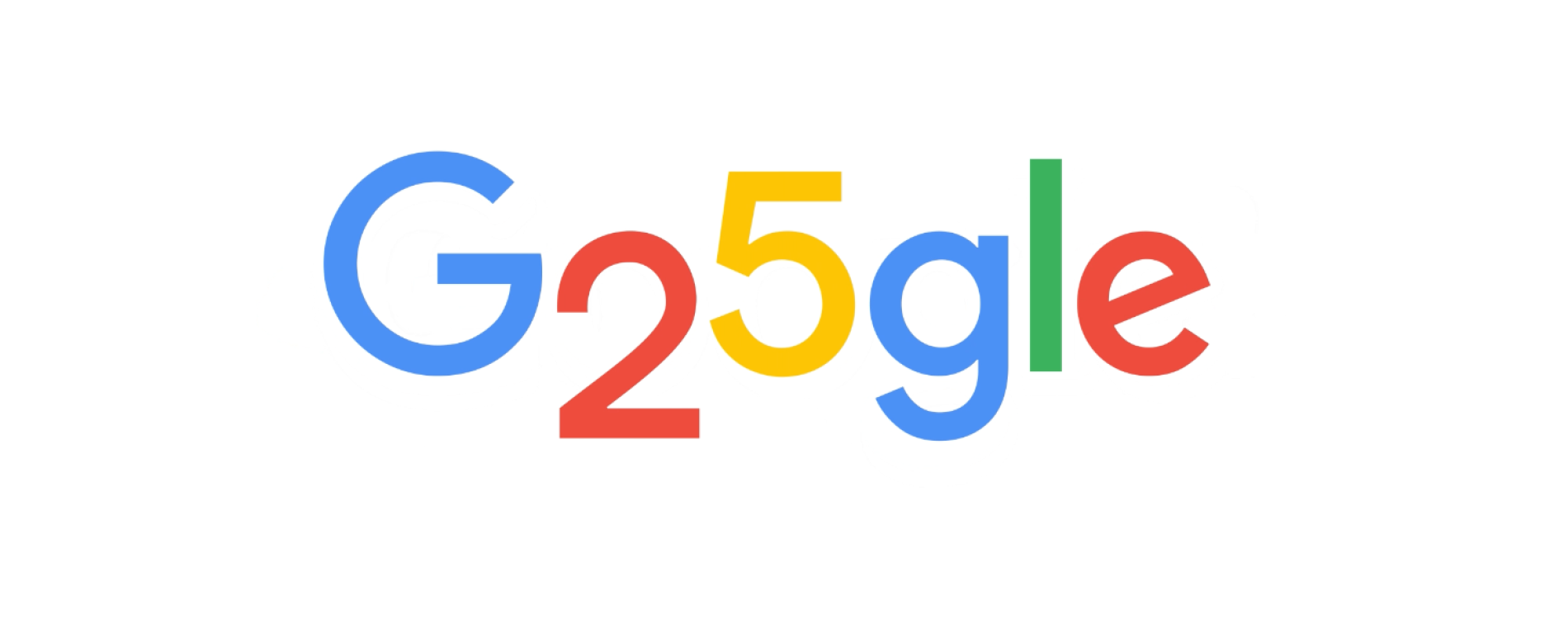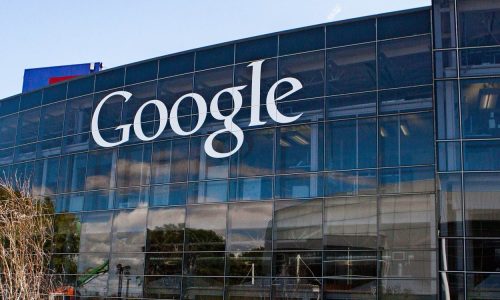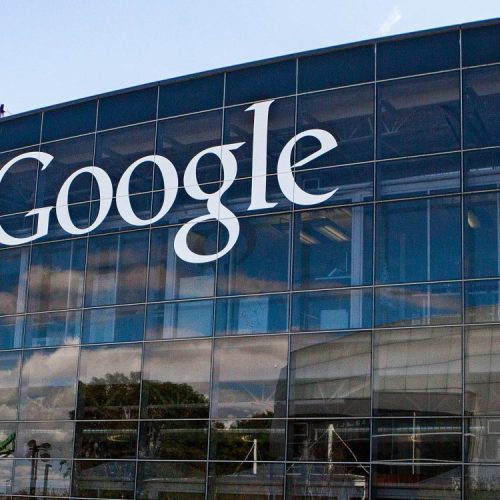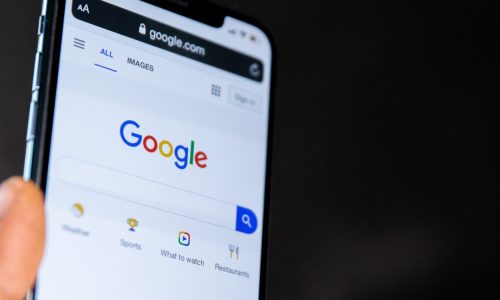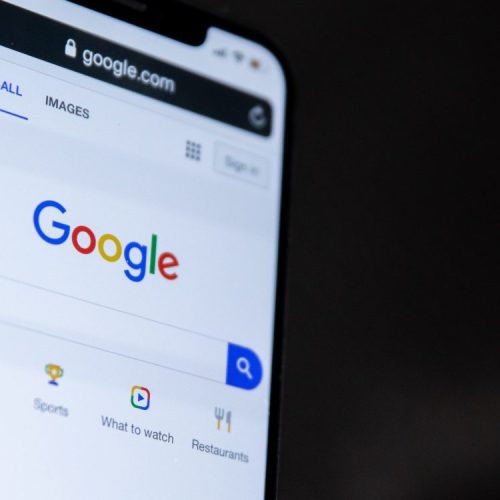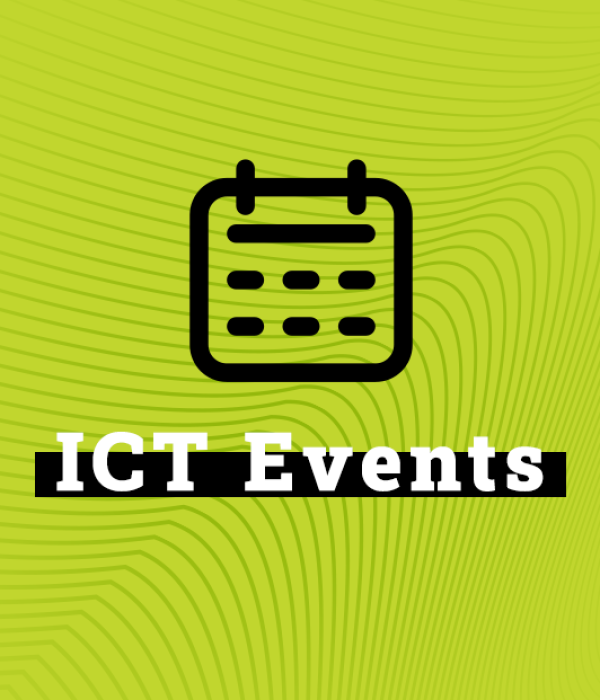If you are from the younger generations, I assume that you have not thought at all about how the world looked and functioned before the possibility to “Google” anything and everything. This year, Google celebrates its 25th birthday as an Internet search engine. During these 25 years, Google has become an integral part of our lives and daily activities. Google search is present almost everywhere and silently supports every problem, debate and curiosity.
Google’s great influence often goes unnoticed, and Google’s original purpose was to organize the world’s information. For the past 25 years, a significant amount of global data has been structured in a way that would allow for better Google rankings.
Practically everything you come across on the internet (web pages, articles, etc.) is made to be easily interpreted by Google. In some cases, the Internet has become more accessible to search engines than to human users.
Significant moments that marked this 25-year journey of Google
1998: Creation of the Google search engine
In September 1998, Larry Page and Sergey Brin, PhD students at Stanford University, created the Google search engine. Originally conceived as a research project, Google aimed to deliver relevant search results through a mathematical algorithm.
The algorithm, called PageRank, examined the connections between individual web pages by analyzing their cross-references, effectively determining their importance. The term “Google” is deliberately misspelled “googol”, which represents a very large number – 1 followed by one hundred zeros (10^100).
2000: Google Ads
In 2000, Google AdWords was introduced, allowing businesses to advertise on the platform.
2001: Google Images
Jennifer Lopez made a splash at the 2000 Grammy Awards with her Versace dress, turning it into an instant fashion sensation. This iconic moment was also most searched thing on Google at the time. However, the limitations of the search results which are presented as a simple list of blue links made it a challenge for users to quickly find the desired image. This event led to the creation of Google Images.
2002: Google News
In 2002, Google responded to the challenges people faced in finding timely information during the tragic events of September 11, 2001, by introducing Google News. The platform provided links to a diverse array of sources for any given story, meeting the demand for real-time news.
2004: Google Autocomplete
Autocomplete is a feature first launched as Google Suggest that automatically predicts questions in the search bar as users start typing. Today, on average, autocomplete reduces typing by 25% and saves about 200 years of typing time per day.
2004: Google Local Information
In the past, people relied on traditional phone books. The Internet has transformed these habits and elevated them into searches like “pizza in Skopje”.
In 2004, this functionality incorporated basic details into business listings, such as maps, directions, and reviews.
In 2011, the addition of click-to-call on mobile devices simplified the process of contacting businesses while on the go. On average, local search results drive over 6.5 billion connections to businesses each month, including phone calls, directions, food orders and reservations.
2006: Google Translate
Google has launched its translator, enabling text translations in many languages. Currently, the translator supports over 100 languages.

2007: Google Universal Search
Google’s pursuit of more useful search results led to a redesign, seamless search of different types of content simultaneously, optimal mixing of results and their clear display. This redesign is known as universal search.
2008: Google mobile app
Following the debut of Apple’s App Store, Google unveiled its first mobile app on the iPhone. Incorporating features like autocomplete and My Location streamlined searches with fewer keystrokes, which proved especially useful on smaller screens. The Google app, now available on Android and iOS, offers a ton of functionality.
2008: Google Audio Search
In 2008, voice search was introduced, allowing users to start a search using their voice. An interesting piece of information is that this functionality is very popular in India, that is, the percentage of Indians making daily voice queries is almost double the global average.
2011: Google search by image
In response to the challenge of describing search queries with words, Google introduced search by image. This feature allowed users to upload images or image URLs to identify the content and discover other instances of the image on the web. This innovation laid the foundation for the development of Lens.
2012: Google Knowledge Graph
In 2012, Google launched the Knowledge Graph, a massive database that connects people, places and entities. Knowledge Panels, the first feature driven by the Knowledge Graph, offer concise informational snapshots on topics like celebrities and cities.

2017: Google Lens
Google Lens turned the camera into a search tool, analyzing the objects in an image, comparing them to other images, and ranking those images based on similarity and relevance. Integrated into the Google app, Lens handles over 12 billion visual searches per month.
2021: Google functionality “for this result”
The “About this result” functionality was introduced to provide users with insight into why the result is being displayed, as well as provide additional context about the content and its source.
2023: Google Research Labs
In search labs, users can engage in early-stage experiments and provide direct feedback to teams.
The initial experiment, SGE, integrates generative AI into search, offering AI previews, research suggestions, and natural follow-up questions. Introduced in the US, it continues to evolve with additional capabilities.
